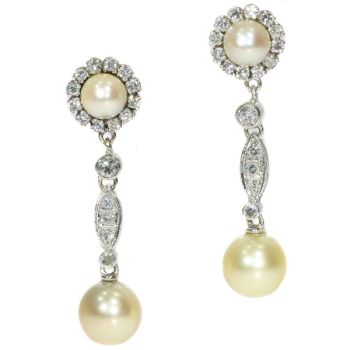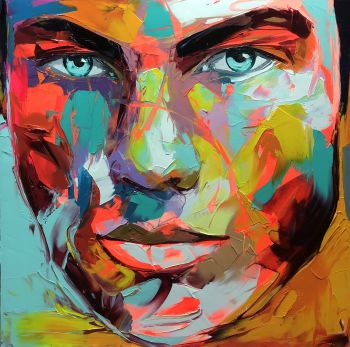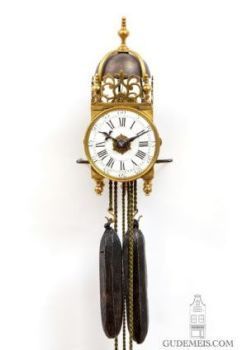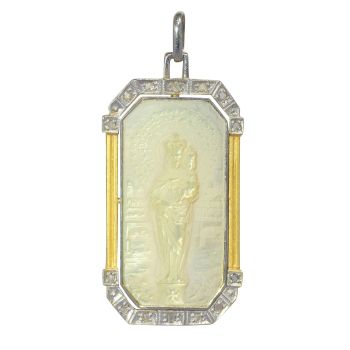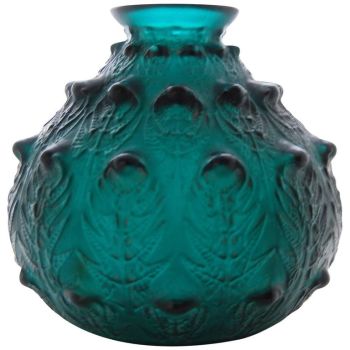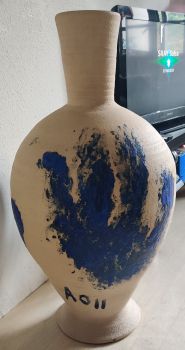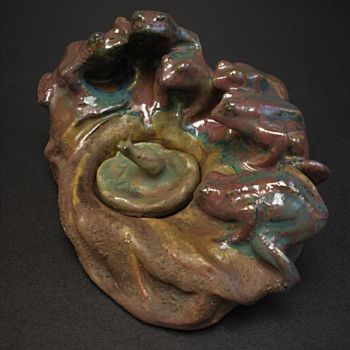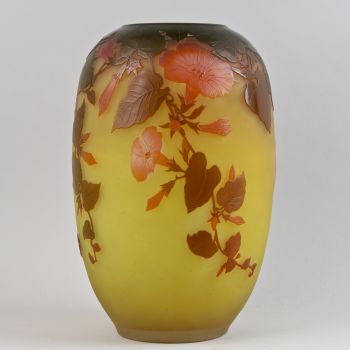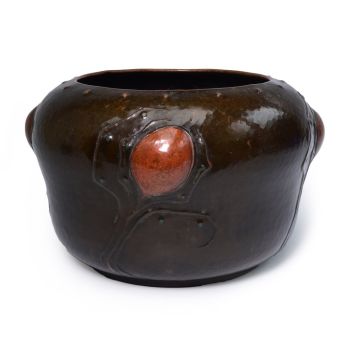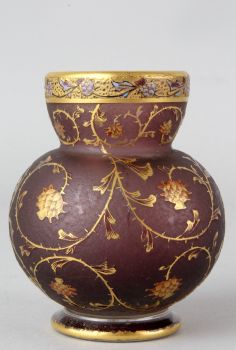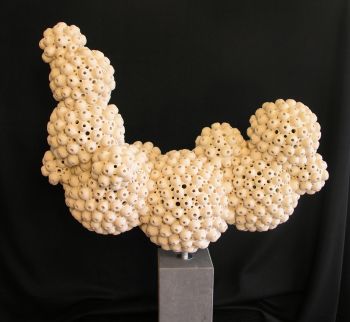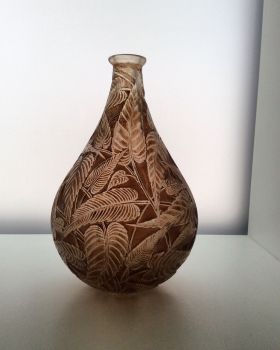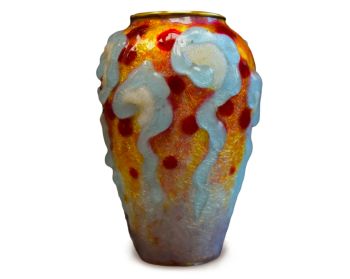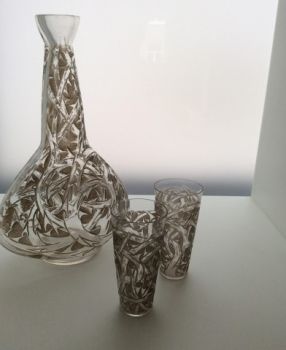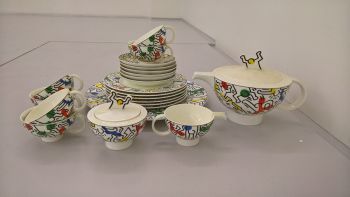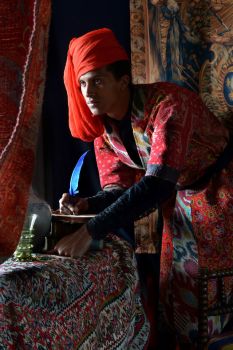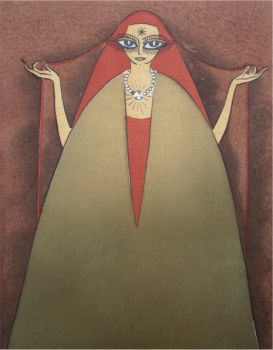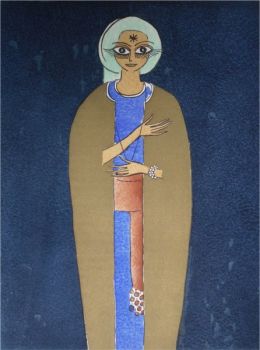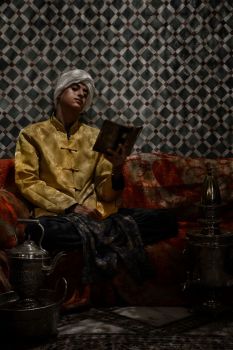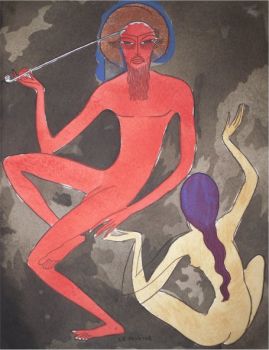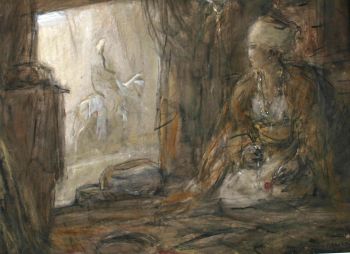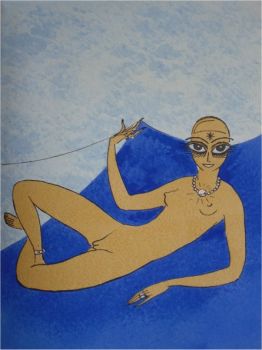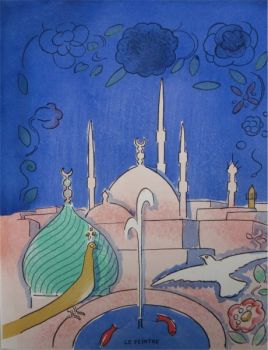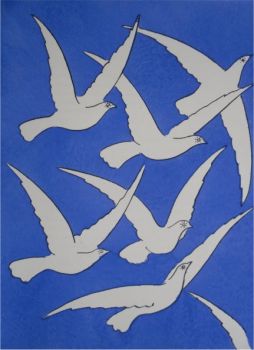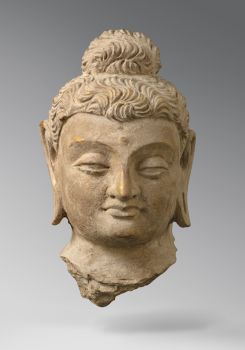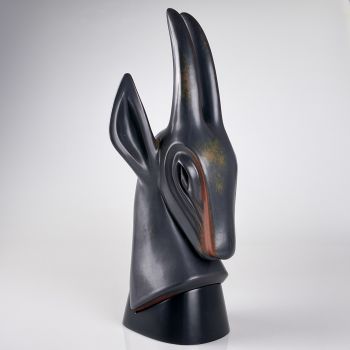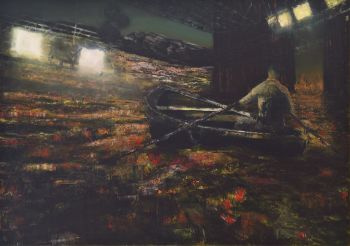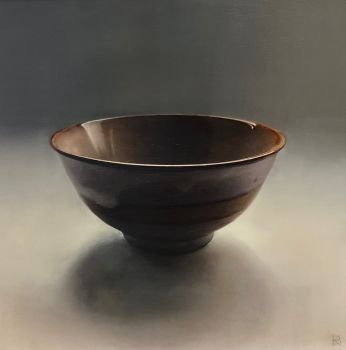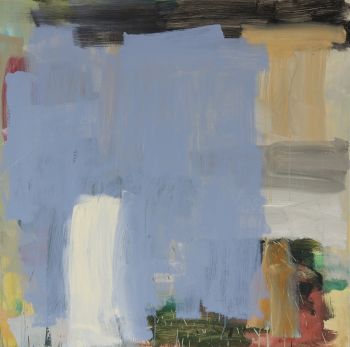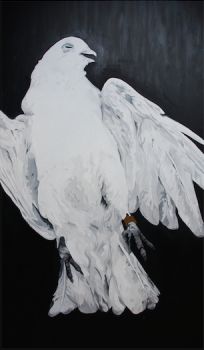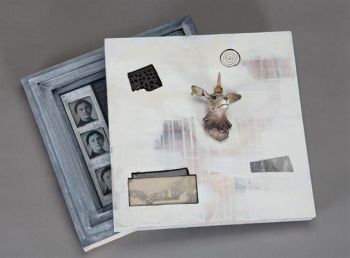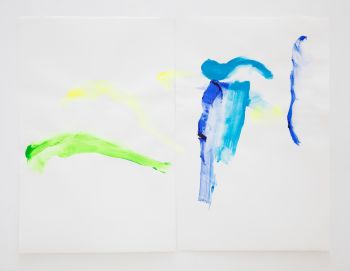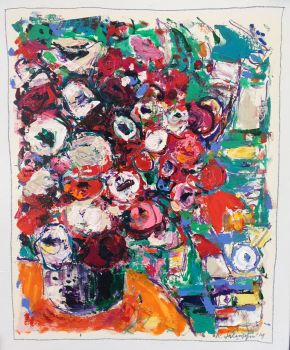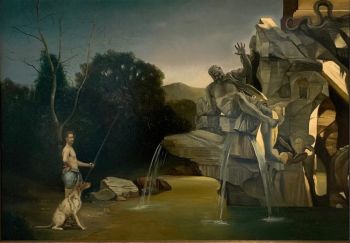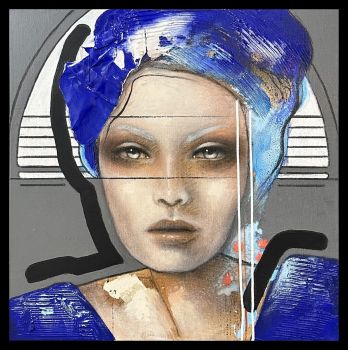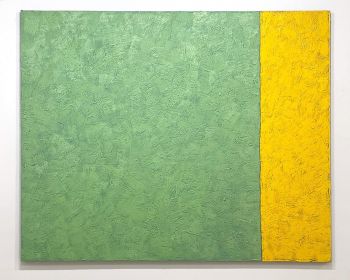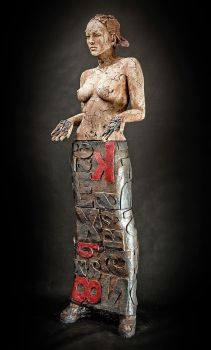Double-gourd Dutch Delft oriental vase, 17th century 1660 - 1680
Unknown artist
GlazeCeramicEarthenwarePaint
37 cm
ConditionVery good
€ 4.900
Verkoulen Oriental & European Antiques
- About the artworkA rare and historically important Delft earthenware double-gourd-shaped vase with Japanese influenced decoration, around 1660-1680, Delft, Holland.
Blue and white
Dimensions: 37,2 cm height.
This rare and historically important Delft earthenware vase has a so called ‘double-gourd’ shape, also known as a ‘húlu (葫芦/葫蘆)’ or ‘bottle gourd (calabash)’. The shape has its origin in ancient Chinese culture. Nevertheless, this vase is copied (or inspired) by the Delft potters quickly after the first lager import arrivals of Japanese (Arita) porcelain in The Netherlands. We can see this type of decoration on the pottery from 1660 on until 1680. All of these Japanese style Delft objects are painted in a soft blue glaze just like the underglaze Arita porcelain examples. They also match closely to the original Japanese decorations. Typical for this Japanese style decorations are the simply painted oriental figures with big round heads, the featherlike pine trees, palmtrees and the symmetrical thick ‘pillars’ that divide the vase in different panels. These elements can also been seen on the vase described. This vase has three different panels divided by dotted cruciform ‘pillars’ against a bleu ground. The 'shoulder part' of the vase has these 'pillars' filled with stiff leaf motifs, that also divide the shoulder in three different panels. The neck has beautiful leaf motifs as well.
Condition: Very good, with two small professional restorations (one vertical to the neck/neck rim and one of two-centimeter glaze loss of the belly.)
Provenance:
-The Dr. Günter Grethe Collection (Dr. Günter Grethe (1919-2005) was a retired notary public from Hamburg, with an impressive collection representing fifty years of connoisseurship and over 150 quality Dutch Delftware objects from the 17th and early 18th century).
-R.D. Aaronson, 2004.
Reference:
This exact vase is published with a description and image in" “D. and R. Aaronson, ‘Dutch Delftware The Dr. Günter Grethe Collection’, 2004, page 11”.
Comparable examples:
-A Delft ovoid jar with the similar decoration appears on a painting by Cornelis de Man (1621-1706), who lived in the Delft city himself.
-A Delft ovoid jar with the similar decoration is illustrated by C.J.A. Jörg in: ‘Oosters porselein, Delft aardewerk - Wisselwerkingen, 1983’, page 128-129.
-A Delft ovoid jar with the similar decoration is in the possession of The Art Institute of Chicago Museum (Reference Number 1944.289). - About the artist
It might happen that an artist or maker is unknown.
Some works are not to be determined by whom it is made or it is made by (a group of) craftsmen. Examples are statues from the Ancient Time, furniture, mirroirs, or signatures that are not clear or readible but as well some works are not signed at all.
As well you can find the following description:
•“Attributed to ….” In their opinion probably a work by the artist, at least in part
•“Studio of ….” or “Workshop of” In their opinion a work executed in the studio or workshop of the artist, possibly under his supervision
•“Circle of ….” In their opinion a work of the period of the artist showing his influence, closely associated with the artist but not necessarily his pupil
•“Style of ….” or “Follower of ….” In their opinion a work executed in the artist’s style but not necessarily by a pupil; may be contemporary or nearly contemporary
•“Manner of ….” In their opinion a work in the style of the artist but of a later date
•“After ….” In their opinion a copy (of any date) of a work of the artist
•“Signed…”, “Dated….” or “Inscribed” In their opinion the work has been signed/dated/inscribed by the artist. The addition of a question mark indicates an element of doubt
•"With signature ….”, “With date ….”, “With inscription….” or “Bears signature/date/inscription” in their opinion the signature/ date/ inscription has been added by someone other than the artist
Are you interested in buying this artwork?
Artwork details
Related artworks
Unknown artist
A rare filigrana a retortoli goblet1550 - 1600
Price on requestPeter Korf de Gidts - Antiquairs
1 - 4 / 12René Lalique
A very rare deep green ‘Fougeres’ Vase designed by R. Lalique1912
€ 8.950Lennart Booij Fine Art and Rare Items
 Curated by
Curated bySilla Scheepens
Amalric Walter
Amalric Walter & Henri Bergé – Crabe plumier1920 - 1929
Price on requestAntiques Emporium
1 - 4 / 24- 1 - 4 / 24
- 1 - 4 / 24
- 1 - 4 / 5











